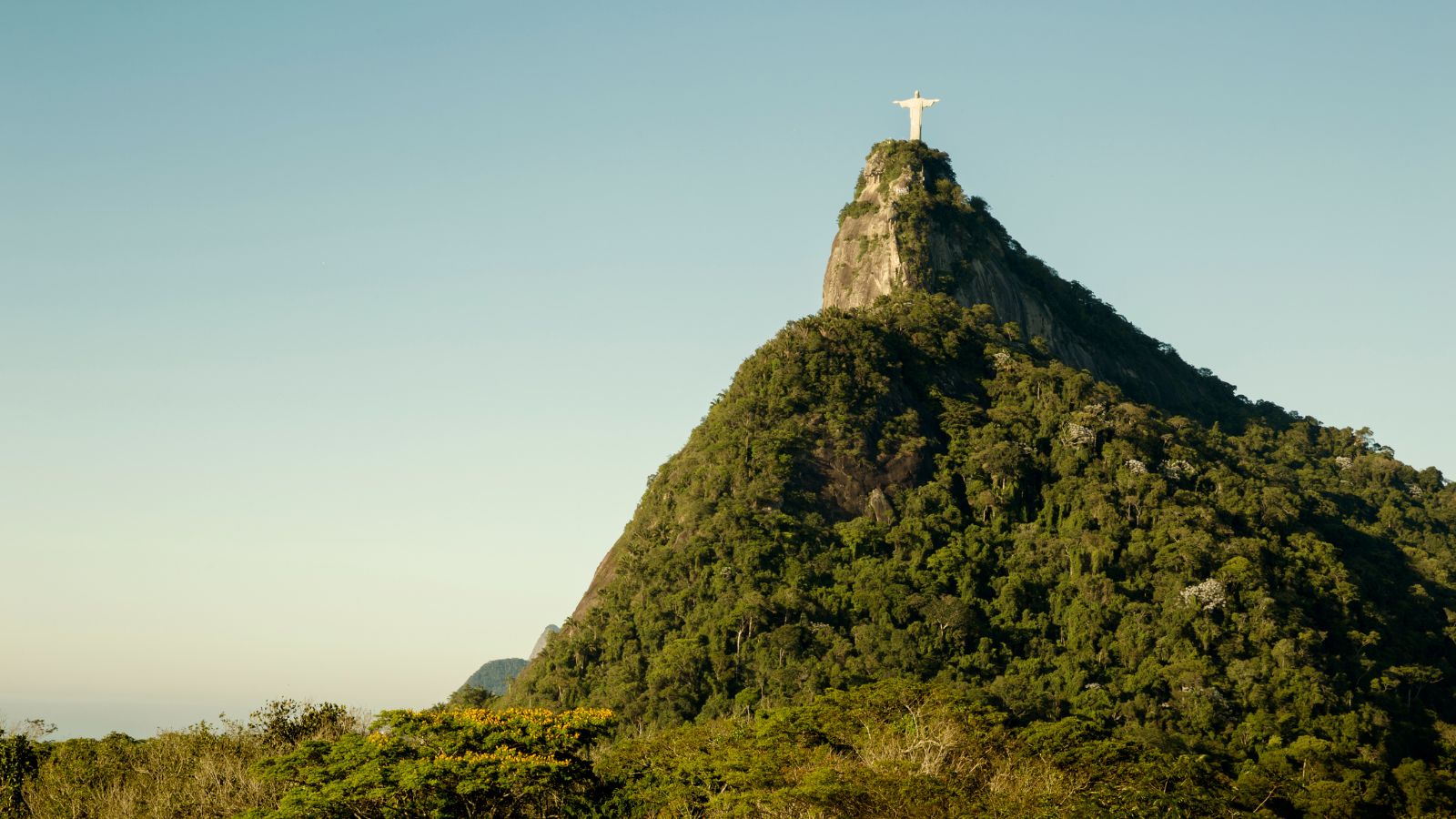23 October 2025
Authors: Rosaly Byrd, Phillipe Käfer, and Gabriela Zangiski.
As Brazil prepares to host COP30 in Belém, the country faces both opportunity and urgency to turn its land use and biodiversity ambitions into investment reality. The sector offers one of the world’s largest potential for climate-aligned capital, but scaling it requires new financial mechanisms to bridge the gap between environmental goals and investable projects.
To advance this agenda, Climate Policy Initiative (CPI), with support from the Embassy of the Netherlands, convened the roundtable discussion “Blended-Financing the Restoration of Degraded Pastures in Brazil.” The event gathered financial institutions, investors, and policy actors to discuss practical pathways for scaling finance for the restoration of degraded pasturelands.
Recovered pastures can increase livestock productivity, support agricultural crops, or integrate crop-livestock-forest systems, helping to reduce pressure on forests. However, CPI analysis of the ABC Recovery credit line found that over 25% of declared areas did not correspond to pasture at the time of credit approval. Furthermore, access to credit is associated with an average reduction of only 3% in pasture areas, and up to 6% for beneficiaries who used hired technical assistance, which demonstrating that the policy’s impact remains limited. Strengthening oversight and linking financing to technical assistance appear critical to achieving meaningful restoration outcomes.
As the Global Innovation Lab for Climate Finance portfolio and other initiatives show, innovative financing solutions can address this financing gap and scale up effective restoration efforts. The discussion highlighted several financial innovations from two clusters: instruments that reduce systemic risks and connect global capital to domestic markets, and vehicles that finance degraded-land restoration.
Increasing Financial Innovation
One barrier to green investment in emerging markets is currency risk. The Currency Exchange Fund (TCX) provides local-currency long-term hedging instruments that allow local borrowers to receive financing in their own currencies while international investors remain in hard currency. In Brazil, TCX could complement national efforts to expand climate-aligned credit and strengthen domestic financial resilience against FX shocks.
Building on FX risk mitigation since commodities has a natural hedging with hard currency, the Responsible Commodities Facility (RCF) provides low-interest crop finance to soy producers in the Cerrado biome who commit to zero deforestation. Designed and managed by Sustainable Investment Management (SIM), RCF financed over 150 farms, conserving 43,000 hectares of native vegetation and avoiding nearly 19 Mt CO₂ between 2022 and 2024. The facility is funded through USD-denominated green Agribusiness Receivables Certificates (CRAs) listed in Vienna, the first of their kind.
Financing restoration
Rabobank and Agri3 Fund have structured transactions that combine long tenors, partial guarantees, and concessional tranches to overcome collateral and maturity gaps. The ACP Bioenergia facility, worth BRL 100 million (~USD 20 million), restoring 5,000 hectares of degraded land, certifying 30,000 hectares under sustainable management, and doubled bioinput capacity by extending loan maturity from five to ten years. Similarly, the Botuverá Group transaction pioneered a 20-year Forest Code Acceleration Loan, enabling the acquisition of 10,000 hectares of preserved land in the Amazon with an additional 4% conservation beyond legal requirements.
While Rabobank and Agri3 operate at scale, innovation at the frontier of regenerative agriculture is emerging from the Growth Next-Generation Agriculture (GAN) fund, developed by Traive and Instituto Folio. It supports small and mid-sized bioinput producers to help farmers’ transition to regenerative practices. The fund plans to deploy USD 50 million through a hybrid FIDC/CRA structure, blending commercial, DFI, and philanthropic capital to finance biological inputs, cover crops, and regenerative seeds.
Lessons for Scaling Restoration Finance
Despite their diversity, these instruments share common challenges: complex regulation, limited FX-hedging access, taxation of foreign-currency securities, and thin secondary-market liquidity. During the discussion, five common lessons emerged:
Blended finance creates pathways for transitioning activities that require additional support toward commercial viability, enhancing their bankability. Expanding concessional layers, long-term capital instruments, and guarantee mechanisms, tailored to land-use realities, is essential, especially in the context of productive restoration and regenerative agriculture.
- The real economy and the financial sector must move together. Building partnerships that include retailers, offtakers, and supply-chain anchors can strengthen financial mechanisms, ensuring they respond to actual market dynamics and generate demand from producers and buyers alike.
- Designing financial instruments in collaboration with potential borrowers is critical to ensure relevance and uptake. Strengthening relationships with farmers and organizations that work directly with local and vulnerable communities helps make project pipelines more bankable, verifiable, and inclusive.
- Integrating robust technical assistance components is key to improving project performance, reducing risks, and supporting borrowers in meeting sustainability and reporting standards. This dual approach, finance plus capacity, creates conditions for long-term impact.
- Strengthen coordination among DFIs, ministries, and private-sector actors to consolidate Brazil’s restoration finance architecture. In parallel, advance discussions on International Financial Architecture Reform, focusing on climate finance and prudential rules, while leveraging technology and deepening FX and tax reforms to attract foreign capital.
Brazil’s experience shows that financial innovation, anchored in blended finance, can unite productivity and conservation. As COP30 approaches, instruments like RCF, GAN, and Rabobank’s nature-finance portfolio exemplify how the country can bridge global capital markets and local sustainability outcomes, positioning Brazil as a leading laboratory for productive restoration and climate-aligned investment in the Global South.




